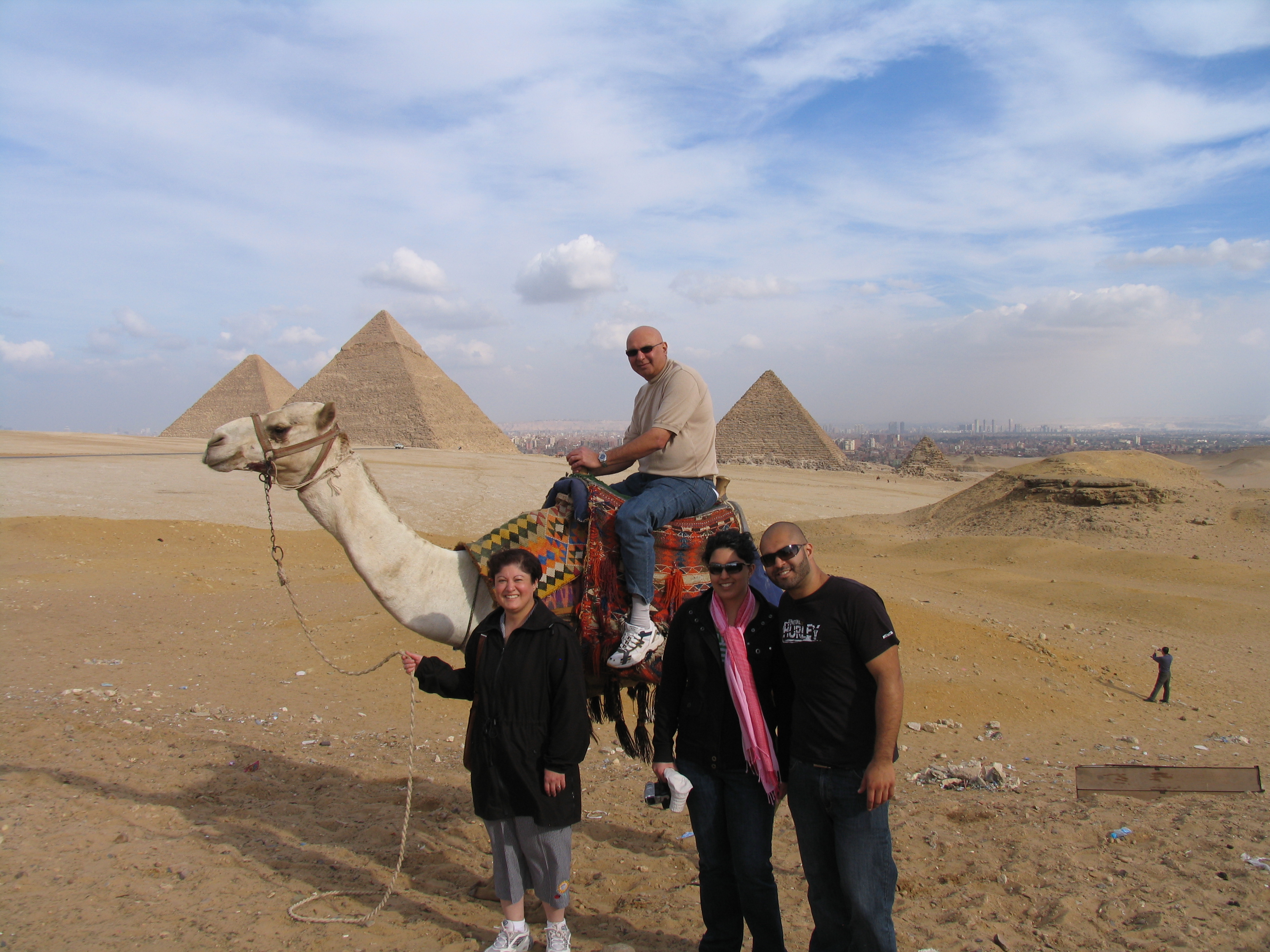Breast lumps are very common. Breast lumps appear in women and men. They may appear in children. But mostly the breast lumps appear in adults. A breast lump is always an important clinical finding – never to be ignored. It is also a source of anxiety for the patient and his or her family. The first thing they want to know is, “Doctor, is this cancer?”
Investigations of a breast lump starts with a history and physical examination. Physical examination is best done between seven to 10 days from the first day of the menstrual cycle. The clinical history will establish how long the lump has been present. Whether there has been any change. And if there is a previous history of breast biopsy or breast cancer.
Risk factors for breast cancer will be noted (patient’s age and family history). It is important to remember, absence of risk factors does not decrease the probability of cancer.
Careful examination of the breasts will confirm the presence and establish the character of the lump. Hard, irregular, tethered, fixed or painless lump may be suggestive of cancer. Axillary (armpit) and neck areas are checked for lymph glands. The predictive value of physical examination (to say whether the lump is benign or malignant) in experienced hands is about 75 percent.
Mammograms in younger women are not very helpful. But after mid-30s the value of mammography increases. Quite often mammography can clarify the nature of the lump. It can also detect non-palpable lumps.
The overall level of sensitivity of mammography in palpable breast cancers may be no more than 82 percent. It may be even lower in premenopausal women. A negative mammogram in the presence of a persistent lump does not exclude malignancy.
Fine-needle aspiration biopsy done in the office can establish whether a breast lump is solid or cystic. When the lump is solid, cells can be aspirated for examination under a microscope. If fluid is obtained during aspiration and the lump disappears then it is a cyst.
In a cystic lump, if the fluid is not bloody then no specimen needs to be sent for examination and no further investigation is necessary. Bloody fluid may be suggestive of cancer and should be sent for microscopic examination.
Fine-needle aspiration biopsy should provide satisfactory specimen for microscopic examination in 90 percent of the cases with an accuracy rate of 95 percent to detect presence of cancer cells.
When physical examination, mammography, and microscopic examination of aspirated specimen indicate cancer then the probability of this being confirmed by surgery is more than 99 percent. If all three tests are negative then the lump being cancerous is less than one percent.
Core-biopsy, where a bigger sample (a core of tissue) is taken from a breast lump, has 90 percent predictive value for breast cancer. A negative biopsy may make it unnecessary to do an open surgical biopsy.
Ultrasound of the breast lump is an alternative method to distinguish a cyst from a solid lump. Ultrasound is useful when a non-palpable lump is seen on a mammogram.
Nuclear medicine techniques (Miraluma scan) have been used to evaluate breast cancer. Its predictive value for cancer is around 80 percent for a palpable lesion and 50 to 70 percent for a non-palpable breast lump found on mammography.
Whenever reasonable doubt remains about cancer (since none of the tests have a one hundred percent accuracy rate), a surgical open biopsy is undertaken. Only about one in every five to 10 breast biopsies leads to a diagnosis of cancer. But every breast lump should be investigated thoroughly.
Start reading the preview of my book A Doctor's Journey for free on Amazon. Available on Kindle for $2.99!
